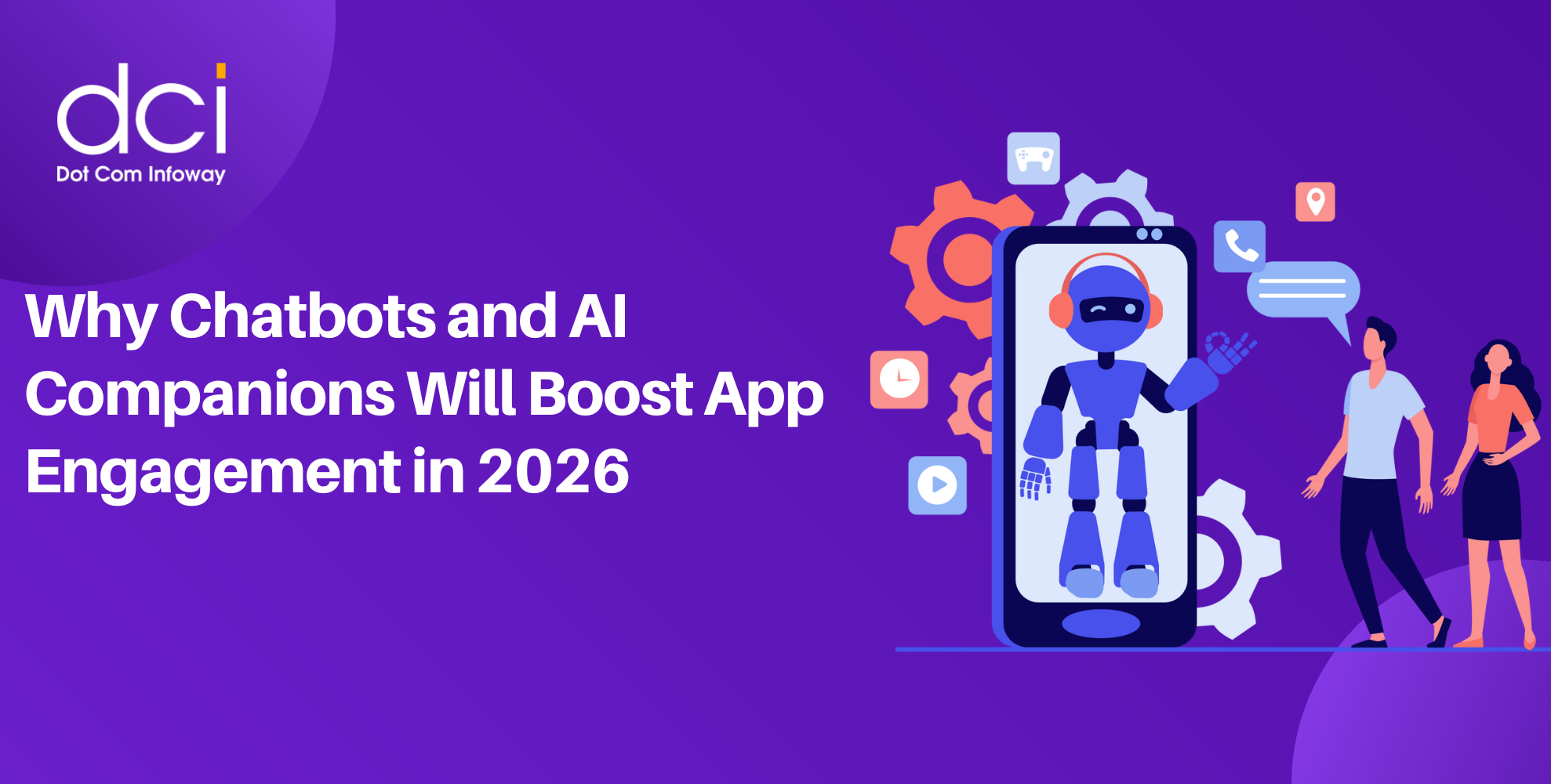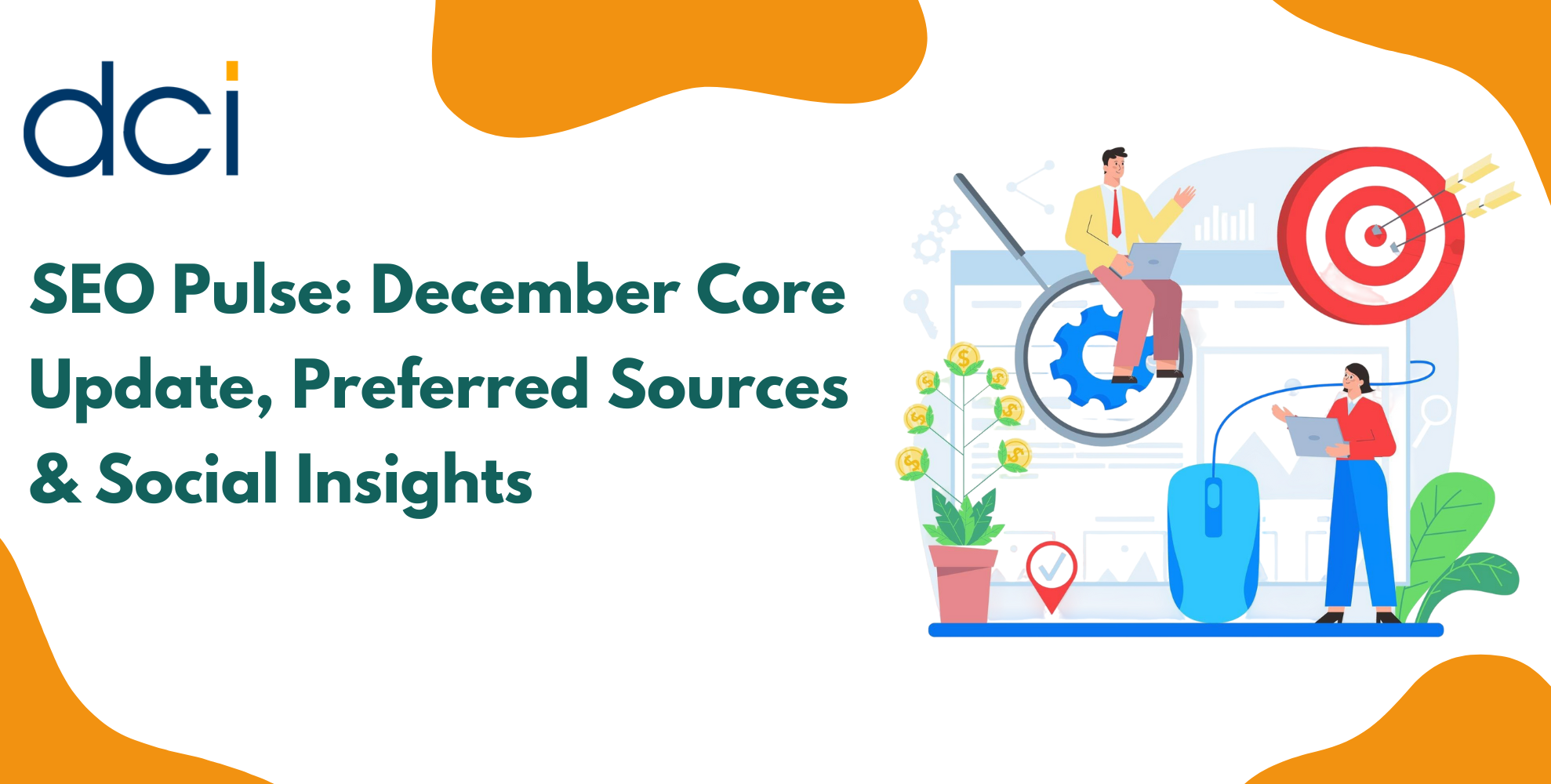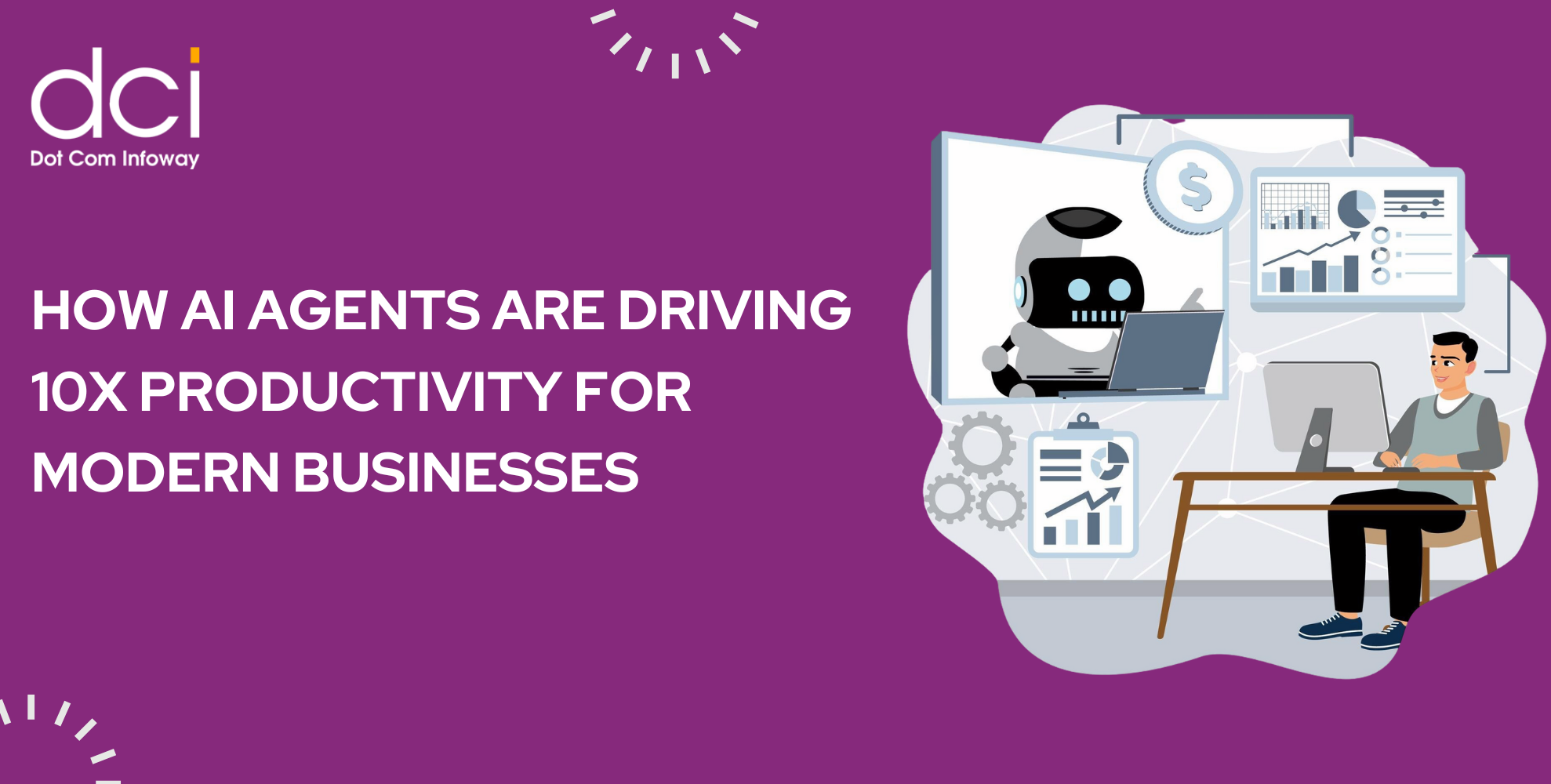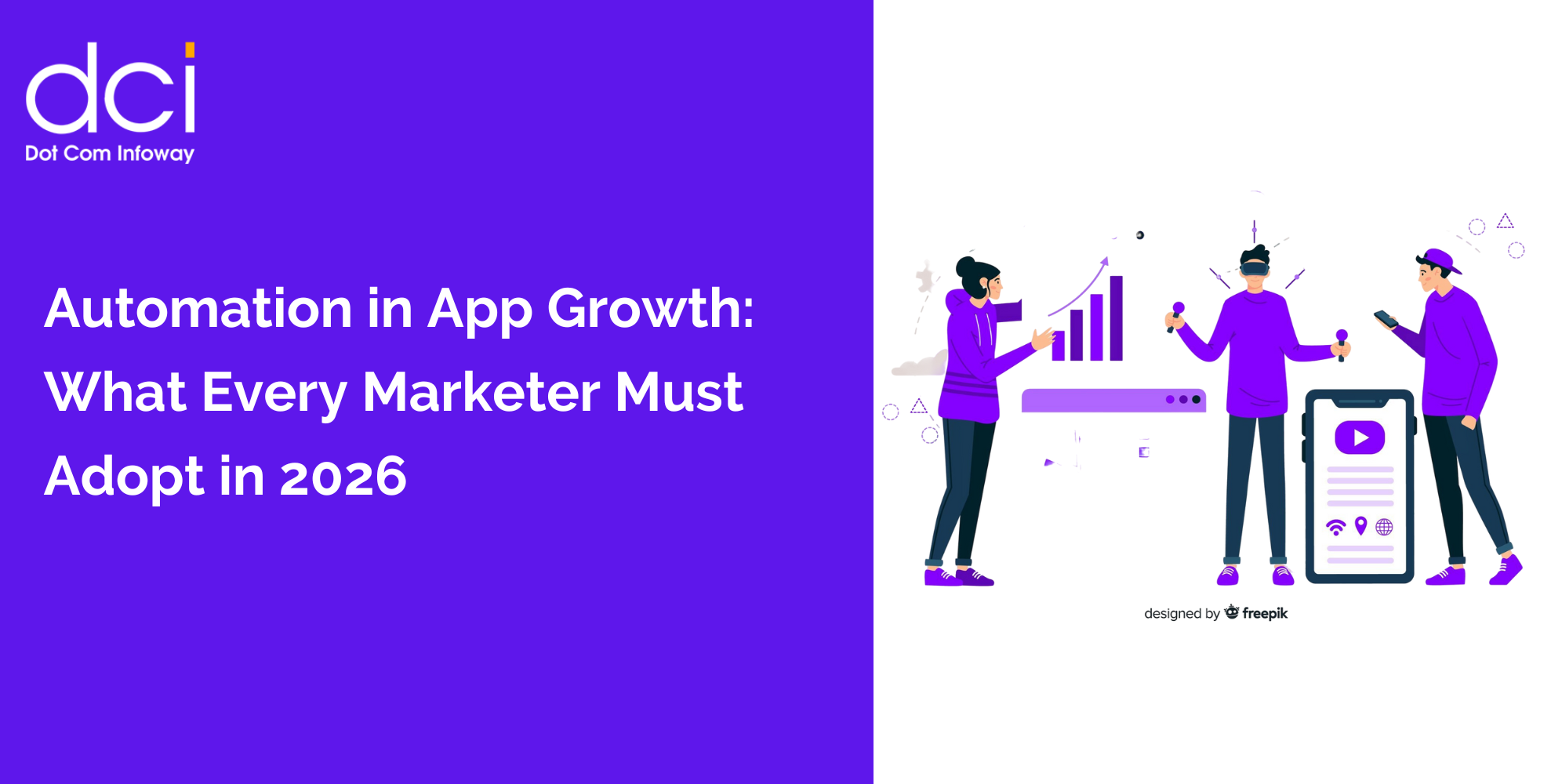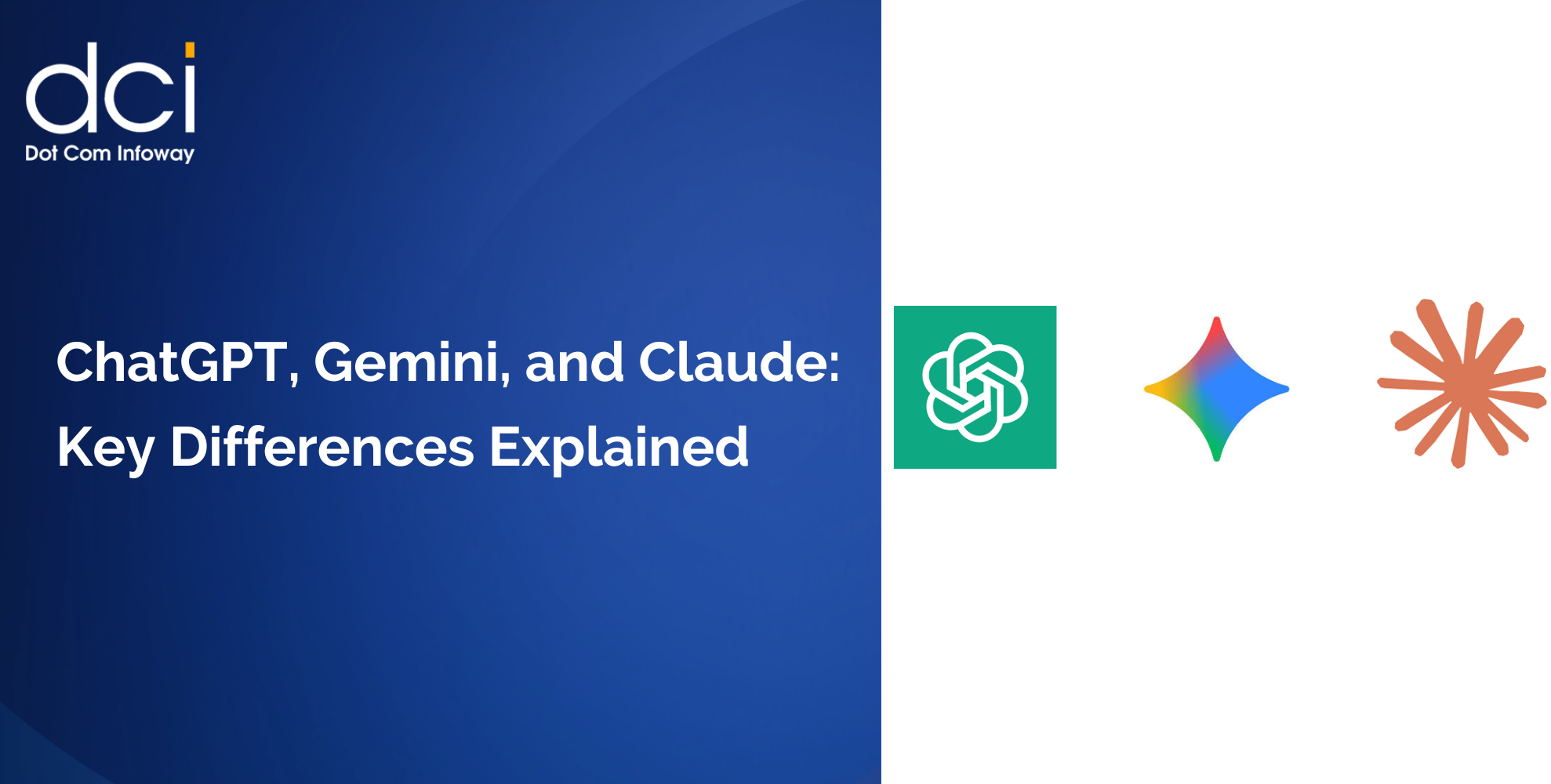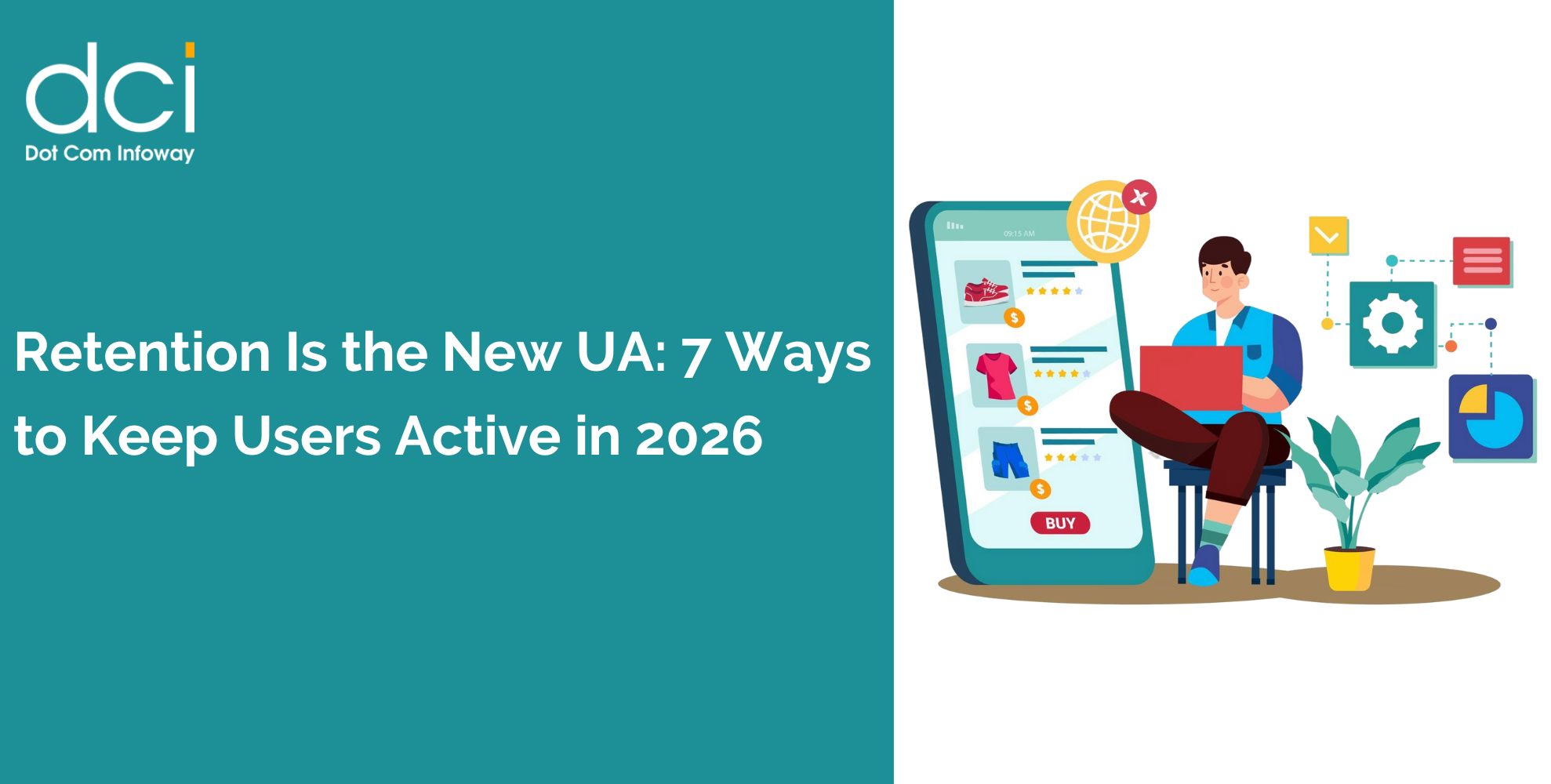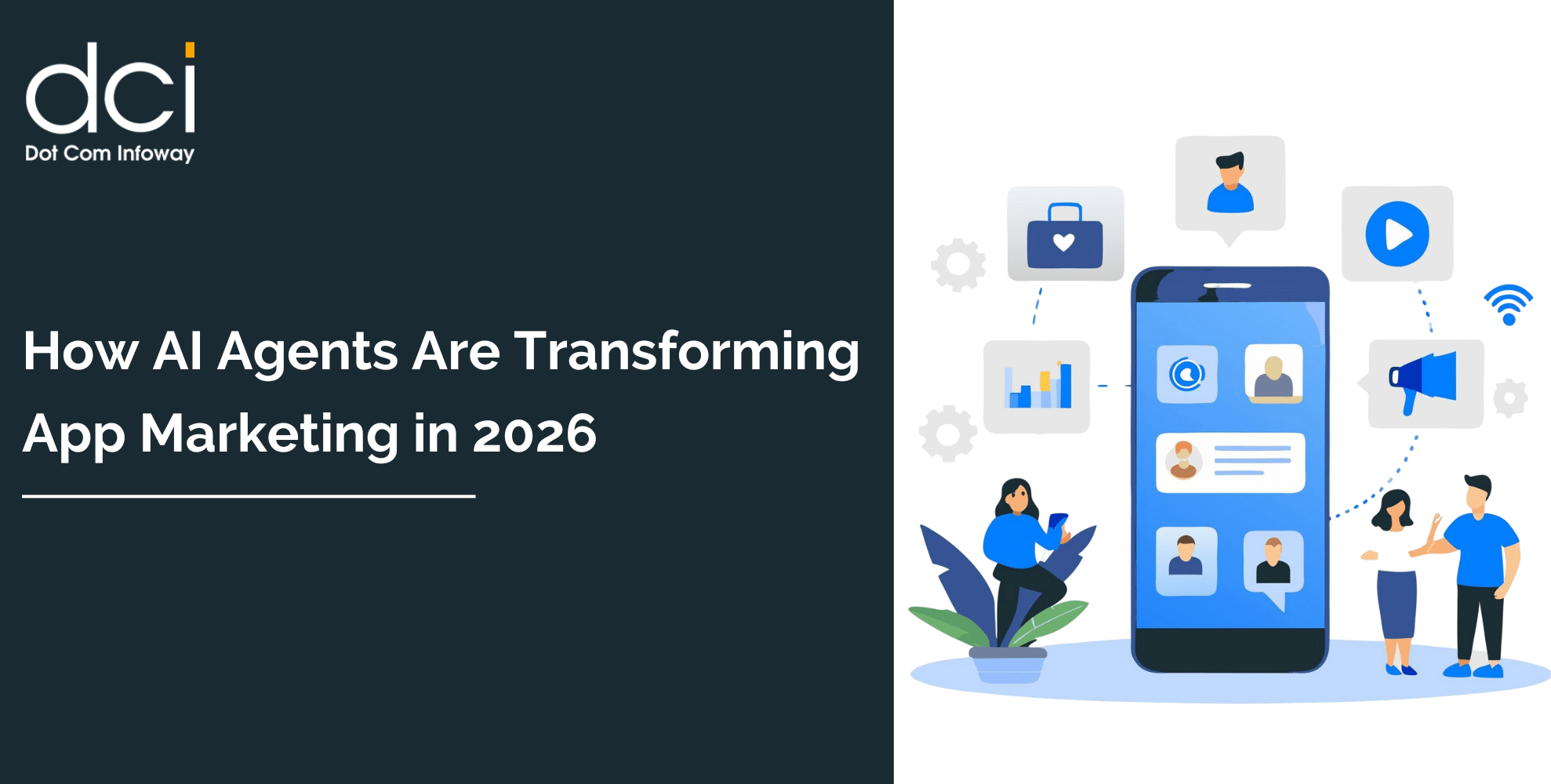Creating a thorough marketing plan is essential to a successful app launch. Building an app takes a lot of time, money and energy, and it could all go to waste if nobody is aware that your app exists.The best app marketing plans are divided into three stages: the pre-launch marketing efforts, the post-launch campaign, and the efforts designed to maintain interest in the app. Let’s take a look at these stages.
1. The Pre-Launch Campaign
The purpose of this stage of the campaign is to create buzz around your app and prepare the ground for your app to reach top spot in the app stores. This is also the stage where you prepare most of your marketing materials.
First off, you want to develop a cohesive style and tone for your promotional materials. Everything from the text of the landing pages and articles, to the banner ad designs, should follow a style guide. You can also give your campaign more oomph by developing a screenplay and producing an ad video.
Next, you want to prepare the media kits, which are to be delivered on launch day across targeted publications. This is also where you prepare your advertising efforts for social media channels. In order to ensure that you have as many early adopters as possible, put up a demo of your app on the TestFlight service.
Have all the email addresses you have gathered in preparation for the launch ready, and make sure that the app’s marketplace description, keywords and screenshots are in place. Finally, set up all the analytics systems and get ready for launch day.
2. The Post-Launch Campaign
Once it’s go time, you want to ensure that you get your app to the top spots of the app stores and secure maximum visibility. There are three main efforts to keep in mind here:
- Set up you social network banner campaign.
- Purchase paid installs.
- Ensure that you open the proper avenues to receive rave reviews from blogs, YouTube channels and other media.
During this stage, you convert all of your marketing efforts into traffic for your app. The point of this stage is to get your app into a position where it starts generating organic installs.
You will also start to actively generate buzz, by using the materials you have prepared in the previous stage. Send out your press releases, get in touch with blogs and relevant YouTube channels, set up and test your ads through the relevant mobile ad networks, and fine tune your landing pages and ASO based on their effectiveness.

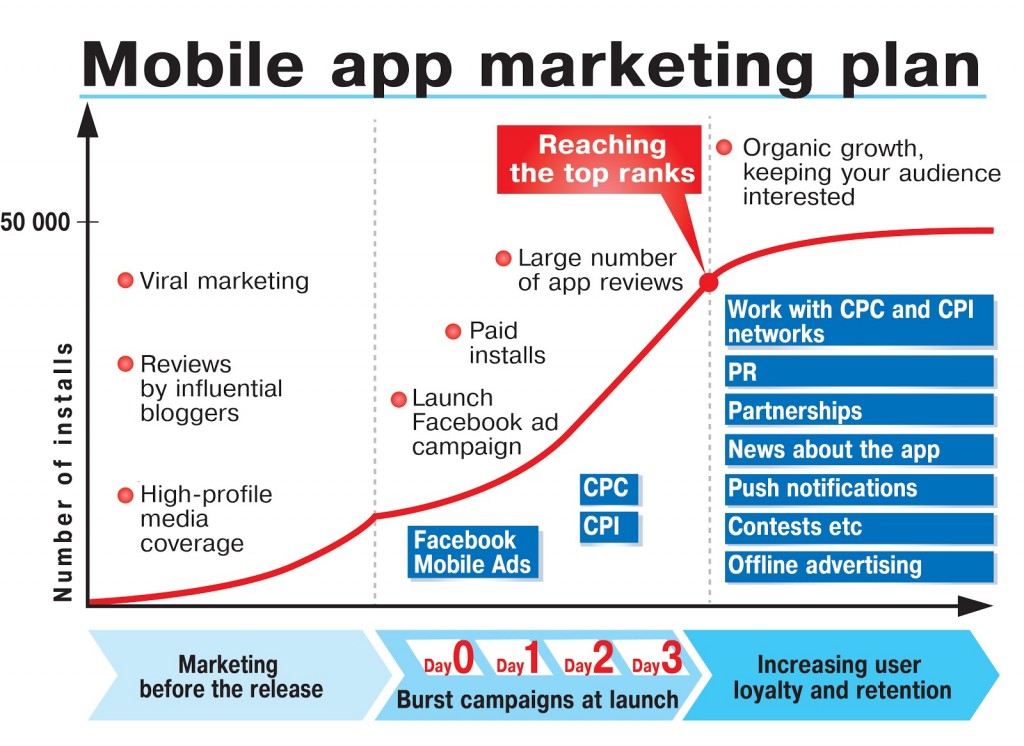
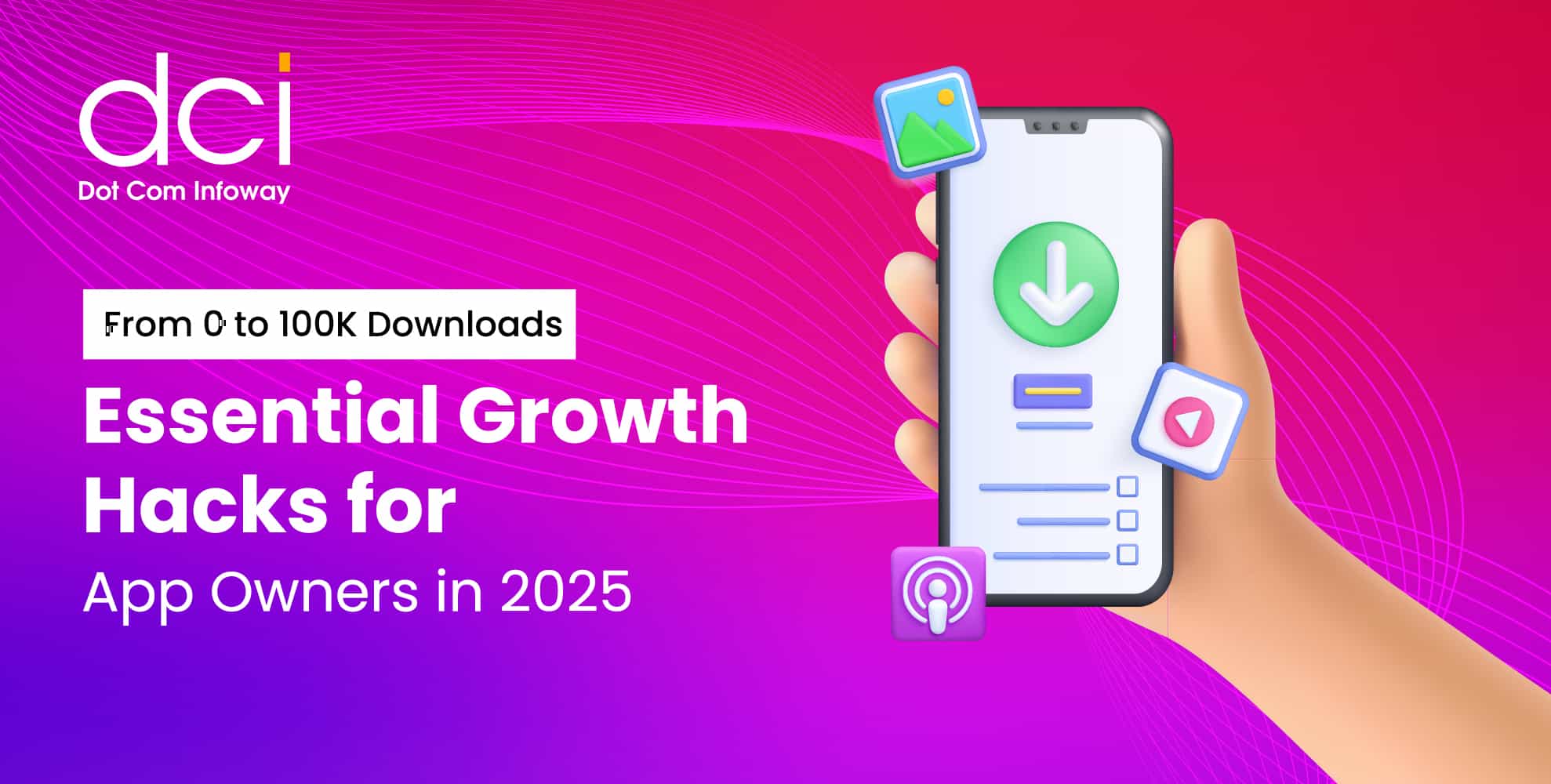

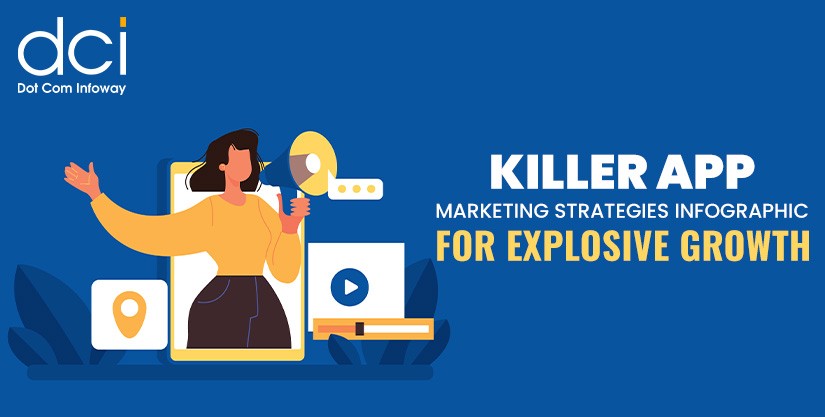

![The Game Marketing Guide: Pre and Post-Launch Strategies [Infographic]](https://www.dotcominfoway.com/wp-content/uploads/2023/09/DCI-Game-Marketing-blog-1.jpg)
